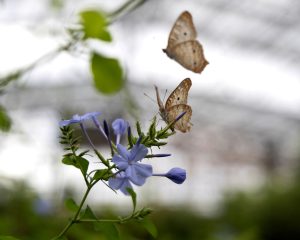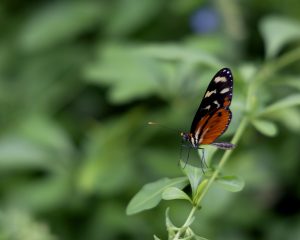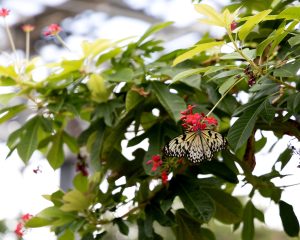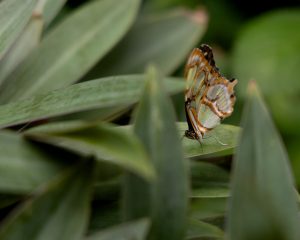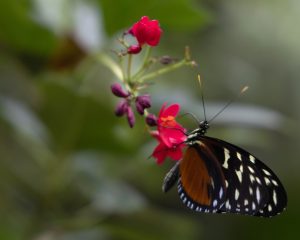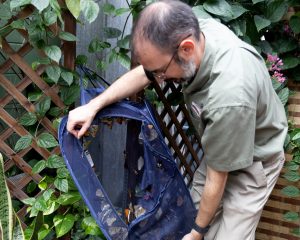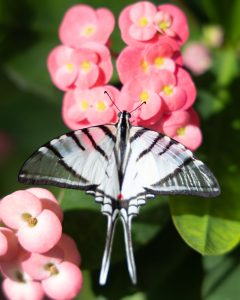- Slug: BC-CNS-Butterfly Migration,700 words.
- 9 photos, video illustration, video story available (thumbnails, captions below).
By Kevinjonah Paguio
Cronkite News
SCOTTSDALE – This time of year, butterflies are in backyards and parks, but it may look different this season. This year’s extreme heat is expected to affect all parts of the ecosystem, including butterflies and their migration.
Climate change is prolonging heat cycles, according to the U.S. Environmental Protection Agency, making the period of extreme heat longer than in the past. The National Weather Service recorded 31 straight days of temperatures of 110° or higher in 2023 in Phoenix, a record. The heat took a toll on humans and other species they share the environment with, including butterflies.
Derek Kellogg, director of animal care at Butterfly Wonderland in Scottsdale, is concerned that “large and spectacular migrations” of butterflies are under threat.
Kellogg said that Arizona’s extreme heat has resulted in less food for butterflies and caterpillars. The heat has negatively impacted host and nectar plants that are integral to the butterflies’ survival. As a result, butterflies aren’t expected to migrate as far south as previous years.
Generally, monarch butterflies are in Arizona from October to April, according to the Desert Botanical Garden in Phoenix.
“The longer it stays warmer, the less likely they’re going to get that impulse to start migrating,” Kellogg said.
Butterflies are cold-blooded animals, and their body temperatures are reliant on the environment instead of a circulatory system.
“If the temperatures get extremely hot, they kind of just wilt or faint,” said Nina de l’Etoile, Butterfly Wonderland conservatory supervisor.
“A lot of people think there’s nothing really living in the desert,” de l’Etoile said, adding that most are not aware of “these seasons and cycles and systems that maintain all of these animals.”
“My educated guess would be that we’re going to have less flowering plants going into the fall, and we’ll see less butterflies,” de l’Etoile said.
According to the Xerces Society for Invertebrate Conservation, an international nonprofit conservation organization, 700 million monarch butterflies migrated from southern Canada and the northern United States to the southern U.S. and Mexico during the 1990s. Researchers estimate the population has decreased by more than 80%.
As winters in Arizona get warmer, Kellogg said the massive migrations of the past likely will become rarer, and fewer migration spectacles will be visible across the globe.
For more stories from Cronkite News, visit cronkitenews.azpbs.org.
^__=
